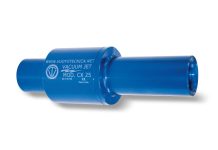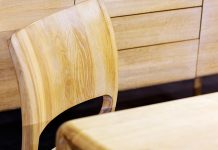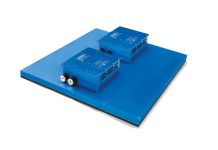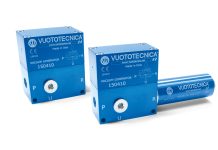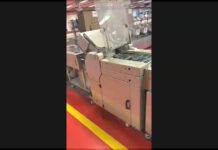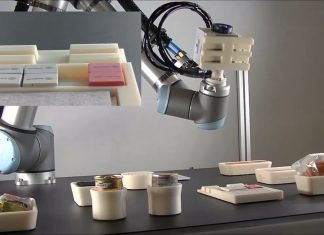Who has not seen a gecko climb a wall or stand upside down on the ceiling? Legend has it that this little animal has such superpowers thanks to suction cups that stick to surfaces and prevent it from slipping. The truth, however, is different.
Scientists have in fact discovered that under their paws they have microscopic hairs, called setae, 0.2 micrometres wide, divided into hundreds of branches. (In one square millimetre there are more than fourteen thousand of them!)
These little hairs allow them to move thanks to van der Waals forces, the attraction and repulsion between molecules.
No suction cups, then, but there are similarities in the way the movement of these animals takes place: just change the inclination of the setae to take a step. Just like when a suction cup is tilted to let air penetrate and detach it from a surface.
We take our cue from the animal world and from nature in general to make our technologies more and more efficient. That is why studies on geckos are not only giving a boost to research on adhesive materials based on adhesion, but are also giving new impetus to the design of robots capable of moving upside down and vertically on surfaces. One of NASA’s studies is precisely on robot-geckos to carry out repairs on the International Space Station.
Talk about flying high.
www.vuototecnica.net
But do geckos have suction cups?

















